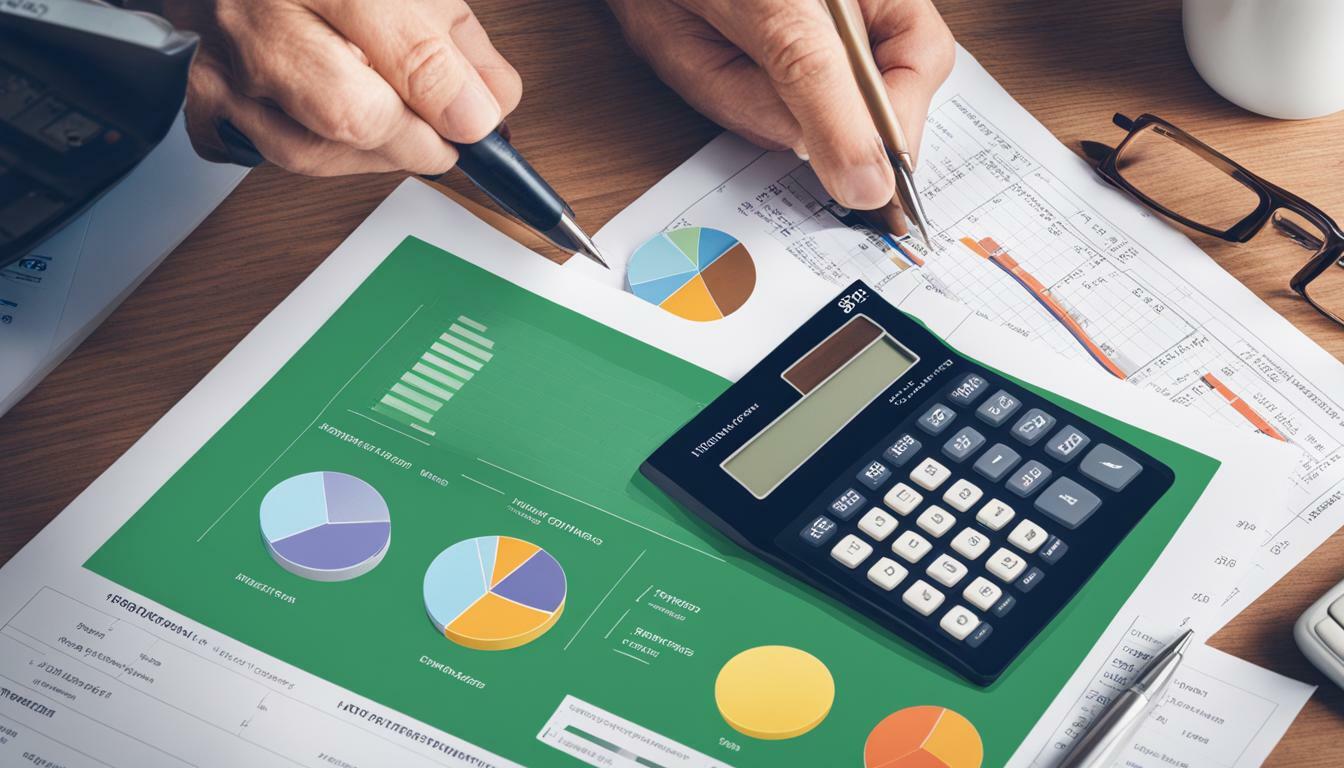Cash flow forecasting and liquidity are requirements for every business to prepare for the unforeseen future effectively.
Stable cash flow forecasting leads to more effective use of capital, lower financing costs, and less risk.
Treasury departments need help understanding the ability of accurate cash flow forecasting.
Technology has made it easier to gather, communicate, and evaluate data.
Continuous profit flows and credible cash management have kept most healthy businesses afloat and allowed them to grow.
Cash flow forecasting can be done on a basis ranging from an hour to a year. It identifies cash surpluses and possible cash shortfalls that require additional funding.
Multiple techniques are incorporated into liquidity plans, which produce cash inflows and outflows. Using predictive abilities helps to improve liquidity plans flexibly.
This article will enlighten you on all you need to know about cash flow forecasting and liquidity.
Difference Between Cash Flow Forecasting And Liquidity
Cash flow is the amount of money a company has at the beginning of the year (opening balance) and the amount left during the accounting period (ending the year).
It shows the company’s operations.
Cash flow forecasting occurs when you estimate the amount of money coming in and going out of the business to foresee future cash balances.
When forecasting cash flow, there are various ways to increase the company revenue:
- Increasing the number of goods or services
- Reducing costs
- Recovering bad debt and doubtful debt
Liquidity refers to the quantity of cash a company has available to meet its immediate and short-term financial obligations. The term “short-term” refers to commitments with a duration of one year or less, at the very most, while long-term exceeds one year.
It also refers to company assets that can easily be converted to cash while maintaining the initial value in the process.
Liquid can impact cash flow either positively or negatively.
When compared to the opening balance, a company is said to have positive cash flow when the closing balance is higher than the opening balance.
If the initial balance is lower than the closing amount, then the result is regarded to be negative.
If a company does not have the adequate cash flow to pay a commitment, it may choose to liquidate an asset to raise its available cash.
When an asset has higher liquidity, it is easier for a company to convert it into cash, which in turn helps the company’s overall cash flow.
Although it is possible for a company to have a positive cash flow and sufficient liquidity to cover its immediate and short-term obligations, this does not necessarily suggest that the business is profitable.
The difference between total income and total costs is profit. After deducting all expenses, the company will only be profitable if the money left exceeds what was used to cover those expenses.
A company can have adequate cash on hand to cover its immediate and short-term needs, but the fact that its costs exceed its revenue will still prevent it from turning a profit overall.
Steps Involve In Cash Flow Forecasting And Liquidity
Goals And Objectives
Establishing distinct goals and targets for the forecasting process is one of the first processes; availability and liquidity must be monitored daily or monthly.
This will help determine the frequencies of cash forecasts and the time frames for reporting.
Automate
Utilize technology to your advantage to realize gains through automated processes, improved integration, and increased analytical accuracy.
Cash Flow Position
Establish a daily available cash position based on the results of operations, classifying it according to the bank, bank account, currency, and entity.
Variance Analysis
Conduct a comparison of the prediction to the actual results to keep track of the clearing process and better understand the forecasting assumptions. This lays the groundwork for developing a cash flow prediction.
Cash Flow Forecast
When developing a cash forecast, it is necessary to forecast the current cash position into the future.
Use historical data, budgets, and feeds from ERP systems, as well as input from country, regional, line, and finance managers. The cash forecast will identify if there is a possibility of a shortfall or excess cash.
Credit Availability
Locate, prepare, and evaluate a detailed list of the available credit sources, including committed and uncommitted funding.
Liquidity Forecasting
Make a liquidity forecast by using cash flow forecast data in line with the list of credit sources that are accessible.
The liquidity forecast will identify the number of days that will lead to cash shortages that might not be met by the available sources of credit.
The liquidity forecast may also determine the abundant unused liquidity, which indicates the potential for cost savings.
By adding the second level of visibility forecasted additional sources or uses of cash in the event of a cash shortage or surplus, liquidity forecasts elevate cash flow forecasting to a new level.
Liquidity Management
Carry out some technical analysis using the liquidity forecast as a starting point.
The next step is to make any required adjustments to the forecasted levels of liquidity to ensure that they are adequate and cost-effective and conform to the company’s risk strategy.
Other Topics on Cash Flow Management
- 10 Advantages Of Cash Flow Forecast
- 5 Cash Flow Forecasting Challenges
- 10 Best Cash Flow Forecasting Software For Small Business
- 5 Free Cash Flow Software for Small Business
- Ecommerce Cash Flow: 10 Tips To Get Your Money Right
- The Importance Of Cash Flow Forecasting For Your Business
Conclusion
Cash flow forecasting and liquidity management provide proper financial planning with the ability to predict future cash positions accurately.
Ensuring that a company can comfortably meet all its cash flow requirements, detailed liquidity planning helps inform the necessary reporting and analytical operations.
The primary objective of daily cash flow forecasting is to help inform the reporting and analytical activities that ensure a business can comfortably meet all of its short-term cash flow obligations.





